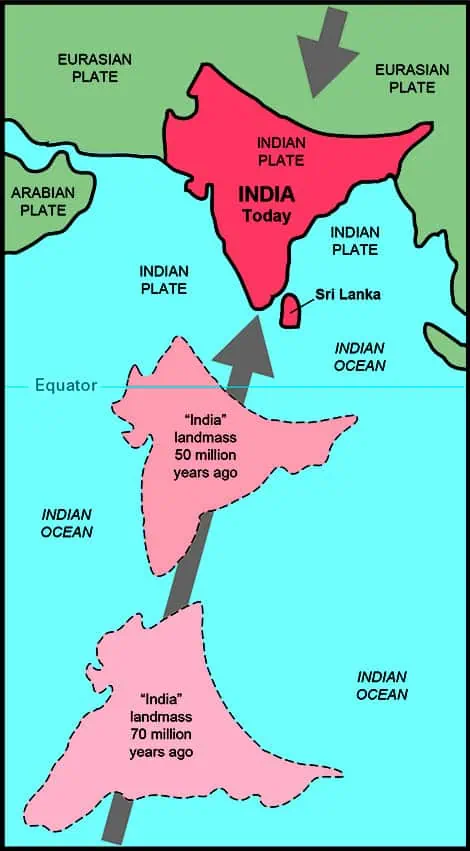Introduction
Hey everyone! Today, we’re diving into a fascinating topic right from our backyard—the Indian Ocean Geoid Low (IOGL). This mysterious “gravity hole” has puzzled scientists for years, and it’s located just southwest of Sri Lanka. Let’s unravel this intriguing phenomenon together!

What is the Indian Ocean Geoid Low?
So, the IOGL is a massive gravity anomaly in the Indian Ocean. Imagine a dip in sea level that’s up to 106 meters lower than usual. That’s what we’re talking about! It covers an area almost as big as India, and it’s the largest gravity anomaly on Earth.
How Did It Form?
Scientists have been scratching their heads over this since it was discovered in 1948. Recent studies suggest that this might have been caused by pieces of the ancient Tethys Ocean floor mixing with hot magma plumes from deep inside the Earth. This combo makes the local gravity weaker, causing this huge dip.

Why Does It Matter?
Understanding the IOGL is super important because it helps us learn more about Earth’s inner workings—like how tectonic plates move and how the mantle flows. It’s like a window into the deep Earth, revealing secrets about our planet’s past and present.

Sri Lanka’s Role
Being so close to this geoid low, Sri Lanka plays a key role in ongoing research. Our proximity means we’re at the forefront of scientific studies trying to figure out this anomaly. Exciting stuff, right?
What’s Next?
Research is still ongoing, with initiatives to study this area more closely. Scientists are using everything from marine surveys to seismic arrays to gather data. As these studies continue, we might soon uncover more secrets about this enigmatic part of our ocean.
Conclusion
The Indian Ocean Geoid Low is more than just a scientific curiosity—it’s a reminder of how much we still have to learn about our planet. As a Sri Lankan, it’s thrilling to know that we’re so close to such an important natural phenomenon. Stay tuned for more discoveries!
